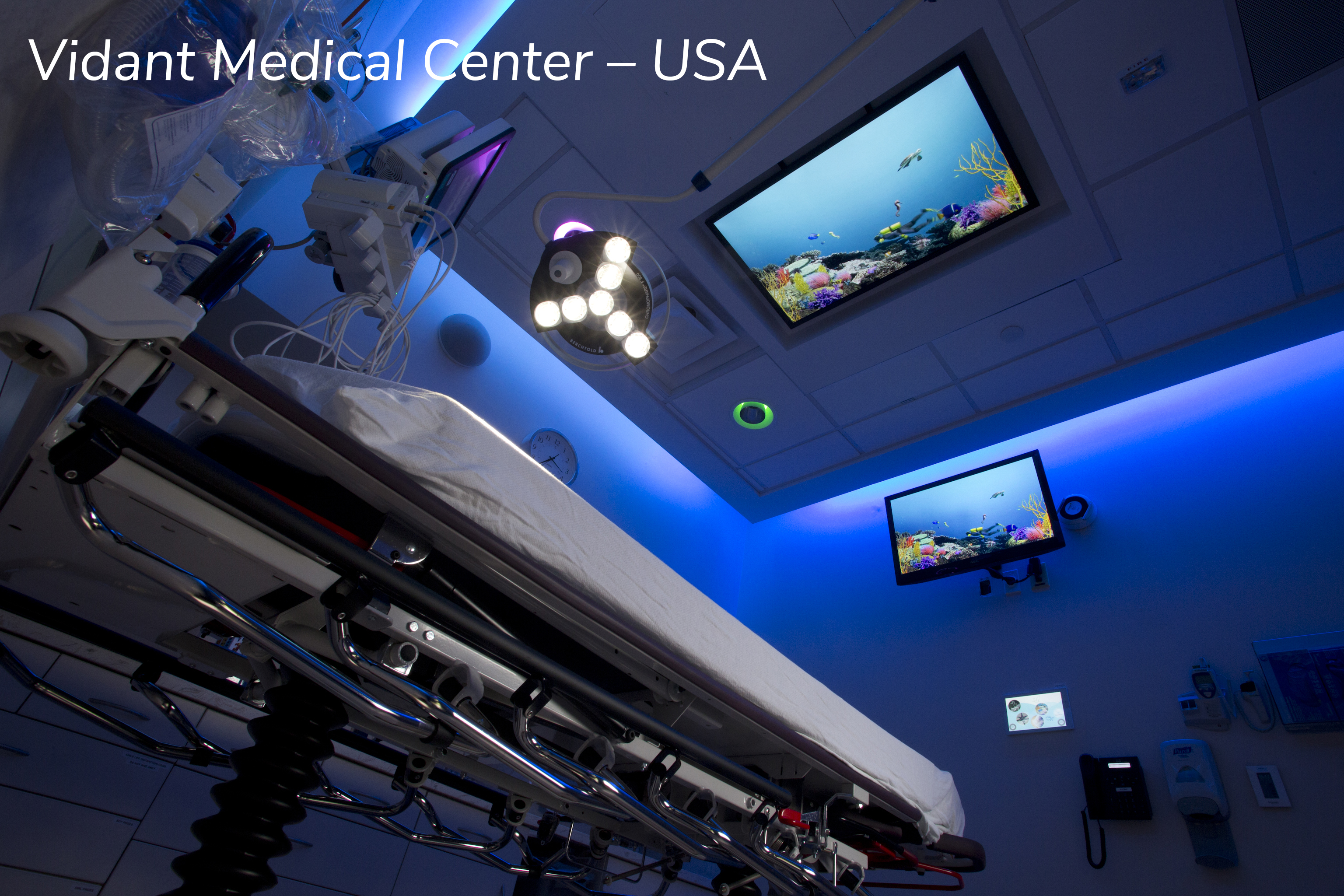Digital Signage - NiSystemsBlog
Market Segment Overview

What Goes Into a Digital Signage Solution?
A digital sign can be standalone or part of a network of hundreds or thousands of signs. It can be managed one-by-one or centrally managed from a remote location. Whatever the size or scope of a digital signage solution, the basic components include:
- Display: HD flat-panel screens (LCD or plasma), handling a wide range of media inputs, increasingly with touch capabilities and the ability to interact with mobile devices
- Content management: Today’s powerful digital media players capable of managing video graphics, web feeds and other sources of content
- Content: Sources of content include video, graphics, web feeds and more; developed in-house and/or by a media agency; may include third-party advertising
- Network: LAN and/or WAN, wired or wireless
How Big Is the Digital Signage Market?
The digital signage market is big and growing. The United States is the largest regional market worldwide; Asia Pacific is the fastest-growing. South African market is also growing as the large outdoor advertising company’s deploy their digital networks. It’s estimated that there are more than two million digital signs in the U.S. alone and the numbers are growing by about 20 percent per year. There are an estimated 1,000 large networks (with ten or more displays) owned by organizations and used exclusively to support their internal communications needs, with a further 10,000 smaller networks.
Advertising
With more digital signs in place, they now offer an opportunity for advertisers to reach intended audiences. More people now watch video on digital signs than on Internet sites or Facebook, and these numbers will only grow.
As a result, advertising on digital signs is taking its place alongside TV, radio and the Internet. It’s estimated that there are more than 350 ad-based, digital signage networks operating on a for-profit basis in North America. South Africa’s advertising industry can look forward to substantial growth in coming years thanks in part to cheaper digital signage solutions. Total advertising revenues on all outdoor digital media increased 11.4 percent to $7.88 billion in 2012—better than any other media channel (including the Internet), according to PQ Media. The ten largest networks deliver nearly two thirds of all advertising.
Top Vertical Markets
With millions of digital signs now in operation worldwide, it is difficult to think of a venue type where digital signs cannot be found. The major vertical markets are:
- Retail: Big department stores, specialty stores, small retailers, malls
- Entertainment: Movie theatres and entertainment complexes
- Transportation: Airports, bus and train stations, Taxi’s
- Hospitality: Restaurants, Hotels and Guest house
- Corporate: Office buildings, lobbies, elevators
- Health care: Doctor’s offices, clinics and hospitals
- Banking: Branch Banks, Real Estate offices, Post Office
- Education and government: Colleges and universities, Schools, government offices
Why Use Digital Signs
Business can achieve a wide range of goals using digital signage. Here are some of the most common objectives: Lowering costs: Replacing slower, costly and less efficient printed methods of distributing information
Increasing sales: Increasing awareness of products, services, new offerings, promotions, etc., providing visitors/consumers with information/ directions for specific locations, events, arrivals/departures etc., in transit centres, hospitality, schools, large retail complexes and many other locations
Merchandising: Making a virtual product presentation to enable the consumer to view a product from all angles, see videos, get information, etc.
Enhancing the customer experience: Showing “how to” videos to give people new ideas about using your products; using multi-touch-screen signs/kiosks that enable people to get quick access to information they need
Enhance/extend the brand: Offering HD video, animated and/or glassless 3D graphics and new levels of interactivity to create high-impact brand messaging
Costs
The cost of deploying digital signage has steadily declined over the years. In 2014 it was estimated at R60000 (for a 40” screen, media player hardware/ software, mounting brackets, installation, management and maintenance for three years), a 65 percent drop from nearly ten years ago.
Technology Trends
As the market for digital signage has evolved, so has the technology. Displays: LCD and plasma displays account for about half of revenues. The majority of installations have screens around 42 inches, but sizes over 50 inches are growing in popularity. Smaller screens (less than 30 inches) are also seeing growth thanks to increased uptake in restaurants, schools and health care locations. LED backlit screens (replacing cold cathode fluorescents, or CCF, screens), thin bezel displays (less than 9mm) and touch screens are also all growing in popularity.
A plug-and-play win in digital signage
Natural Intelligent Systems helps Stores and venues across South Africa deliver an easily deployed, customizable digital signage solution powered by SpinetiX the Leader in Digital Signage Solutions
Benefits
- Local stores can transform in-store TVs into digital signs in minutes rather than hours
- Company can easily roll out corporate marketing content to individual stores
- Content can be customized by product or brand
- Customers are more engaged and stores can boost sales
- Company can invite key suppliers to participate in point-of-sale marketing initiatives
If you would like to know more of what is possible with SpinetiX please contact us


